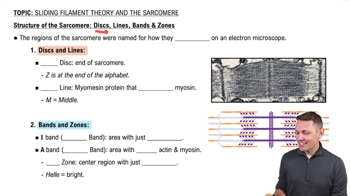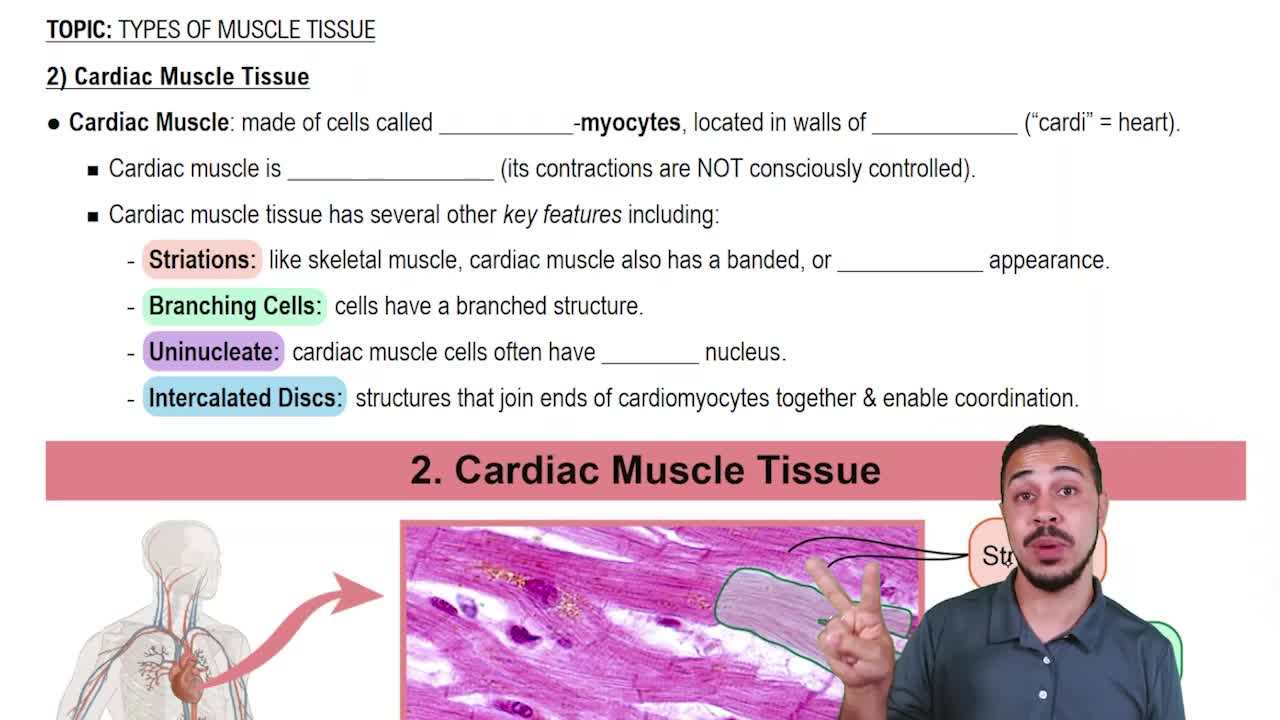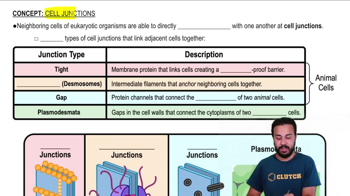Identify the structures in the following diagram of a sectional view of the heart.
a. ___
b. ___
c. ___
d. ___
e. ___
f. ___
g. ___
h. ___
i. ___
j. ___
k. ___
l. ___
m. ___
 Verified step by step guidance
Verified step by step guidance Verified video answer for a similar problem:
Verified video answer for a similar problem:



 7:1m
7:1mMaster Intrinsic Cardiac Conduction System with a bite sized video explanation from Bruce Bryan
Start learning